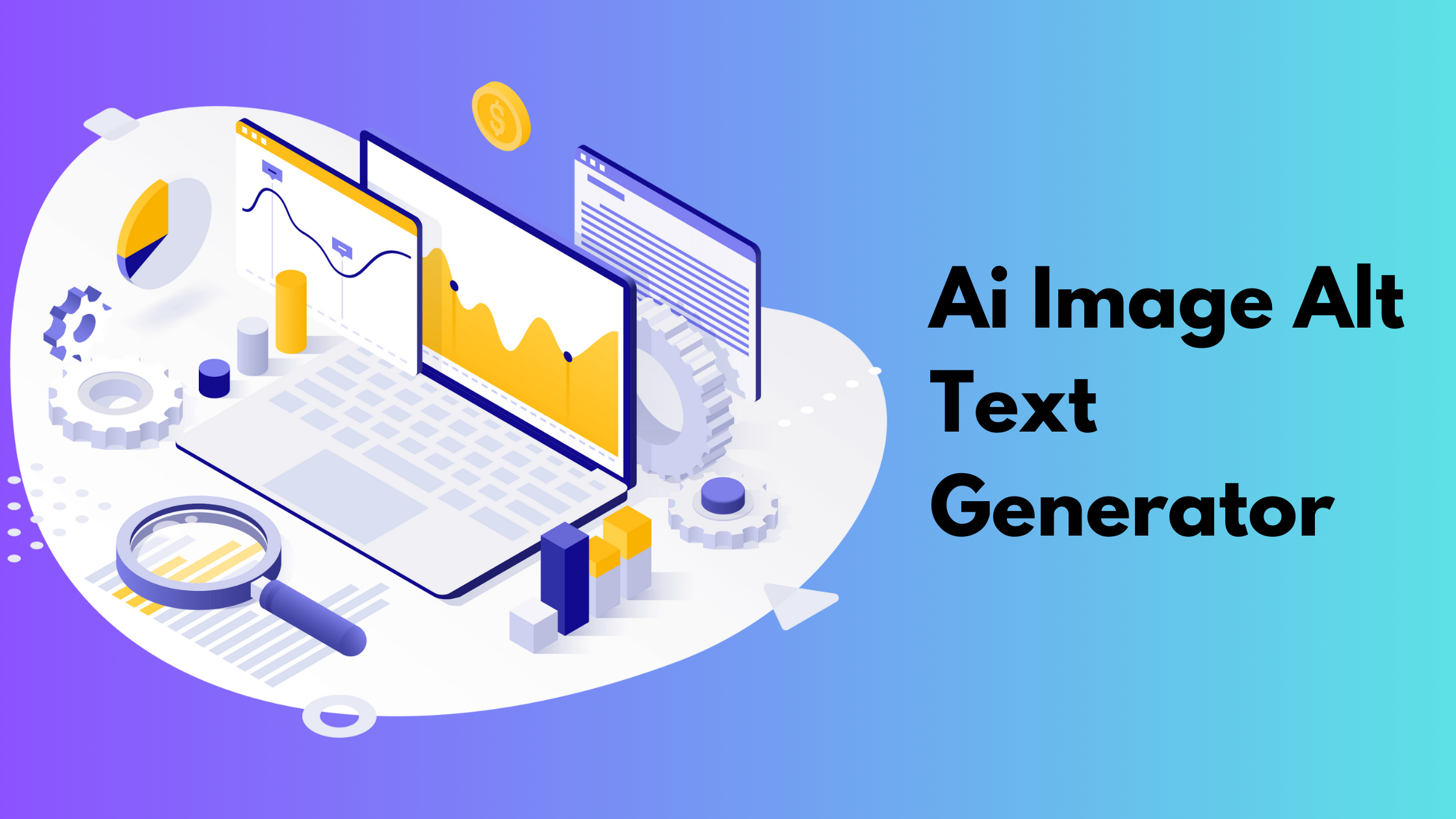
Alt text, or “alternative text,” is a small yet powerful element in web content. It not only helps visually impaired users understand images but also improves your website’s SEO by making images discoverable by search engines. This guide will explain how to craft strong, effective alt text, providing tips for both readability and search optimization. For those managing many images, you may also benefit from an AI image alt text generator, a tool designed to create relevant and descriptive alt text with ease.
What Makes Alt Text Important?
Alt text provides a description of an image in HTML, which serves three primary functions:
- Accessibility: It helps visually impaired users understand image content through screen readers.
- SEO: Search engines rely on alt text to interpret and index images, which can improve visibility.
- Fallback for Missing Images: When images fail to load, alt text appears in place, ensuring users still get the context.
Key Tips for Writing Strong Alt Text
To write effective alt text, focus on these guidelines:
1. Be Concise but Descriptive
Alt text should be around 125 characters, offering a clear and concise description of the image. For example, instead of simply saying “dog,” try “Golden retriever swimming in a lake during summer.”
2. Naturally Integrate Keywords
Incorporating relevant keywords can enhance SEO, but keep it natural. If targeting “vegan pasta recipes,” you could write, “Plate of vegan spaghetti with tomato basil sauce.”
3. Skip Redundant Words
Avoid starting with “image of” or “photo of.” Simply describe the image directly, e.g., instead of “Image of a boy playing soccer,” write “Boy playing soccer in a park.”
4. Add Context When Needed
For images with a specific purpose, add context to convey its intent. For instance, if it’s an image used to promote sustainability, write, “Woman holding a reusable shopping bag with fresh produce.”
5. Use Unique Alt Text for Each Image
Each image should have its own unique description to help search engines and users understand the specific content of each image.
Common Mistakes to Avoid
When writing alt text, try to avoid:
- Keyword Stuffing: Too many keywords can make the text sound awkward and harm SEO.
- Generic Descriptions: Avoid vague descriptions like “nice view”; they don’t offer valuable context.
- Leaving Alt Text Blank: Omitting alt text means missing out on both SEO and accessibility benefits.
Examples of High-Quality Alt Text
To illustrate, here are a few examples of optimized alt text:
- For a travel blog image: “Sunset over the Grand Canyon with orange and purple skies.”
- For a food blog image: “Bowl of creamy pumpkin soup with roasted seeds and herbs.”
- For an office setting: “Colleagues working together in an open office space, sharing ideas.”
Conclusion
Alt text is a straightforward but essential tool to improve accessibility and SEO for your website. By crafting alt text that’s clear, descriptive, and contextually relevant, you enhance your content’s reach and usability.
For those who work with a large number of images, using an AI image alt text generator can help generate optimized, descriptive alt text quickly, ensuring both consistency and quality across your content.